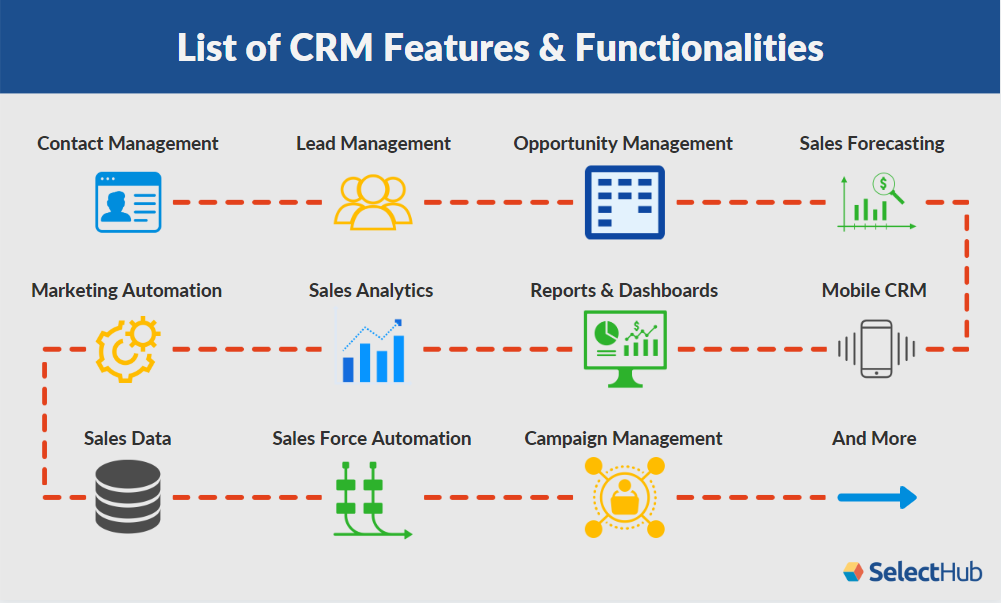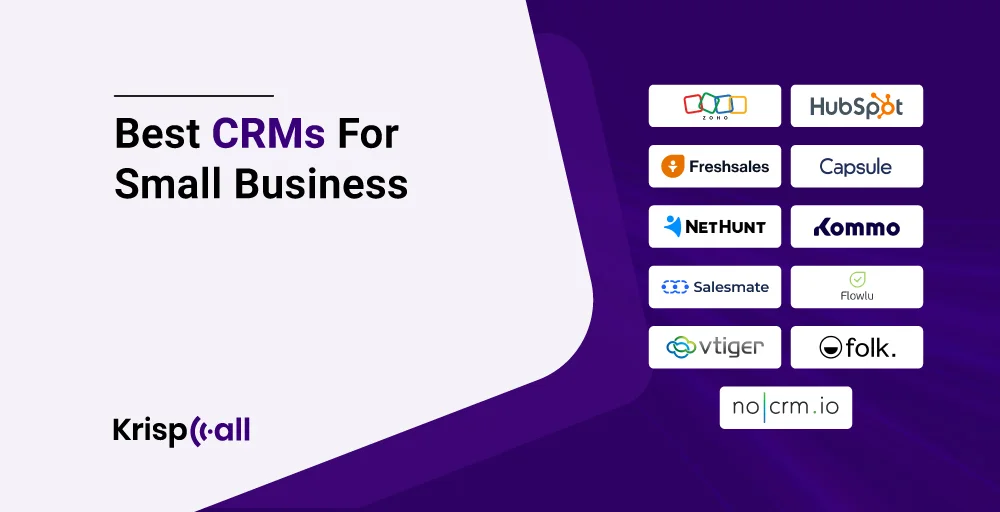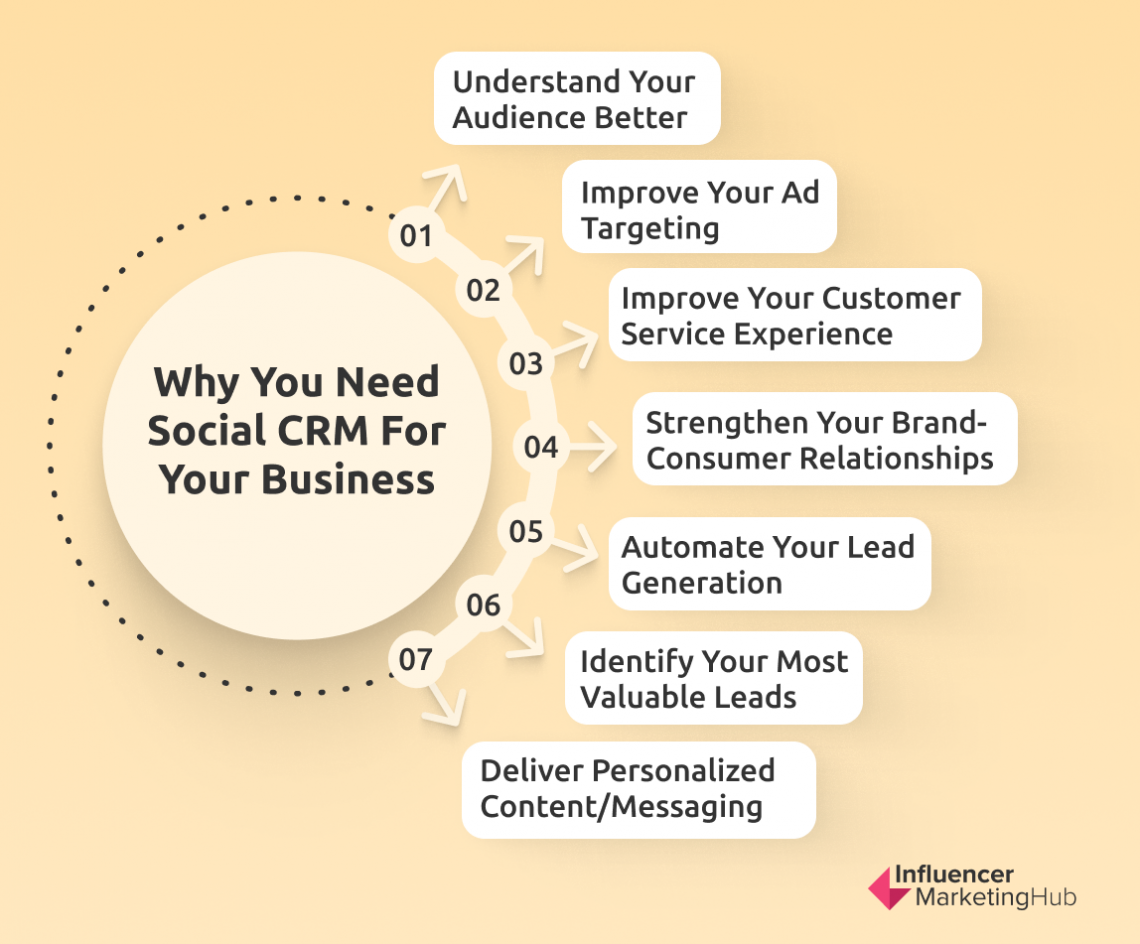
Unlocking Customer Loyalty: A Comprehensive Guide to CRM Marketing Loyalty Programs
In the bustling marketplace of today, customer loyalty isn’t just a nice-to-have; it’s the bedrock of sustainable business growth. With countless options available to consumers, earning and retaining their allegiance requires a strategic, customer-centric approach. This is where the powerful synergy of Customer Relationship Management (CRM) systems and loyalty programs comes into play. This comprehensive guide delves deep into the world of CRM marketing loyalty programs, exploring their benefits, implementation strategies, and how they can transform your business from the inside out.
The Power of CRM in Building Loyalty
At the heart of any successful loyalty program lies a deep understanding of your customers. CRM systems provide the tools and insights necessary to achieve this. They are the central nervous system of your customer interactions, collecting and organizing data that paints a detailed picture of each individual’s preferences, behaviors, and needs. This granular level of understanding is crucial for crafting loyalty programs that resonate with your target audience.
What is a CRM System?
A CRM system is a software solution designed to manage and analyze customer interactions and data throughout the customer lifecycle. It helps businesses improve customer relationships, retain customers, and drive sales growth. Key features typically include contact management, sales automation, marketing automation, and customer service tools.
Why CRM is Essential for Loyalty Programs
- Data-Driven Personalization: CRM enables personalized experiences by leveraging customer data to tailor rewards, offers, and communications.
- Targeted Segmentation: Segmenting customers based on their behaviors, demographics, and purchase history allows for more effective targeting and program design.
- Improved Customer Service: CRM systems provide a 360-degree view of each customer, empowering customer service teams to resolve issues quickly and efficiently, enhancing overall satisfaction.
- Automation: CRM automates tasks such as email marketing, triggering rewards, and sending personalized messages, saving time and resources.
- Performance Tracking: CRM provides robust analytics to track the performance of your loyalty program, measure ROI, and make data-driven adjustments.
Designing Effective CRM Marketing Loyalty Programs
Creating a successful loyalty program involves more than just offering discounts or points. It requires careful planning, a deep understanding of your customer base, and a commitment to providing value. Here’s a step-by-step guide to designing a program that drives engagement and fosters loyalty.
1. Define Your Goals and Objectives
Before you start building your program, it’s crucial to define what you want to achieve. Are you looking to increase repeat purchases, boost customer lifetime value, or improve brand advocacy? Clearly defined goals will guide your program design and help you measure its success.
2. Understand Your Customer Base
Use your CRM data to gain insights into your customers’ preferences, behaviors, and needs. Analyze their purchase history, demographics, and engagement patterns to identify segments and tailor your program accordingly. Consider conducting surveys or focus groups to gather additional qualitative data.
3. Choose the Right Loyalty Program Structure
There are several types of loyalty programs to choose from, each with its own strengths and weaknesses. The best choice depends on your business model and target audience.
- Points-Based Programs: Customers earn points for purchases, which can be redeemed for rewards. This is a popular and versatile option.
- Tiered Programs: Customers advance through different tiers based on their spending or engagement, unlocking increasingly valuable rewards.
- Paid Programs: Customers pay a fee to join, often receiving exclusive benefits and rewards.
- Gamified Programs: Incorporate game mechanics, such as challenges, badges, and leaderboards, to increase engagement.
- Cash-Back Programs: Customers receive a percentage of their purchases back as cash or store credit.
4. Select Rewards That Resonate
The rewards you offer are the heart of your loyalty program. Choose rewards that are relevant to your customers and align with your brand. Consider a mix of tangible rewards, such as discounts and free products, and experiential rewards, such as exclusive events or early access to new products. Personalize rewards based on customer preferences whenever possible.
5. Make Enrollment Easy
The enrollment process should be simple and straightforward. Make it easy for customers to sign up online, in-store, or through a mobile app. Clearly communicate the benefits of joining the program and provide a compelling call to action.
6. Communicate Effectively
Keep your customers informed about their points balance, rewards, and program updates. Use a variety of communication channels, such as email, SMS, and in-app notifications, to reach them. Personalize your communications based on customer data and behavior.
7. Integrate with Your CRM System
Seamless integration between your loyalty program and your CRM system is essential for collecting and analyzing customer data. This integration allows you to track program performance, personalize communications, and make data-driven decisions.
8. Track and Analyze Results
Regularly monitor the performance of your loyalty program. Track key metrics, such as customer acquisition cost, customer lifetime value, redemption rates, and program engagement. Use these insights to optimize your program and make data-driven adjustments.
Implementing CRM Marketing Loyalty Programs: A Practical Guide
Implementing a CRM marketing loyalty program involves several key steps, from choosing the right software to integrating it with your existing systems. Here’s a practical guide to help you get started.
1. Choose the Right CRM and Loyalty Program Software
Selecting the right software is crucial for the success of your program. Consider the following factors when making your decision:
- Features: Ensure the software offers the features you need, such as contact management, sales automation, marketing automation, and loyalty program management.
- Scalability: Choose a solution that can scale with your business as it grows.
- Integration: Ensure the software integrates with your existing systems, such as your e-commerce platform and email marketing software.
- Ease of Use: Select a user-friendly platform that your team can easily learn and use.
- Cost: Consider the pricing and ensure it aligns with your budget.
Popular CRM systems that often integrate well with loyalty program platforms include Salesforce, HubSpot, Zoho CRM, and Microsoft Dynamics 365.
2. Plan Your Implementation
Develop a detailed implementation plan that outlines the steps involved, the timeline, and the resources required. This plan should include data migration, system configuration, training, and testing.
3. Migrate Your Data
If you’re switching to a new CRM system, you’ll need to migrate your existing customer data. This process can be complex, so it’s important to plan carefully and ensure that your data is clean and accurate. Consider using a data migration tool or working with a data migration specialist.
4. Configure Your System
Configure your CRM system to meet your specific business needs. This includes setting up your loyalty program rules, customizing your email templates, and configuring your integrations. Take the time to thoroughly test your system to ensure it’s working correctly.
5. Train Your Team
Provide comprehensive training to your team on how to use the CRM system and manage the loyalty program. This training should cover all aspects of the system, from data entry to reporting and analytics. Provide ongoing support and training to keep your team up to date on the latest features and best practices.
6. Launch Your Program
Once you’ve completed the implementation steps, it’s time to launch your loyalty program. Promote your program to your customers and encourage them to sign up. Track your results and make adjustments as needed.
7. Continuously Monitor and Optimize
The implementation process doesn’t end with the launch. Continuously monitor your program’s performance and make adjustments as needed. Analyze your data to identify areas for improvement and optimize your program for maximum impact.
Best Practices for CRM Marketing Loyalty Programs
To maximize the effectiveness of your CRM marketing loyalty program, consider these best practices:
1. Personalize the Experience
Use customer data to personalize every aspect of the program, from rewards and offers to communications and website content. Personalization makes customers feel valued and increases their engagement.
2. Offer Exclusive Benefits
Provide exclusive benefits to your loyalty program members, such as early access to new products, exclusive discounts, and personalized recommendations. These benefits make customers feel special and incentivize them to participate.
3. Make it Mobile-Friendly
Ensure your loyalty program is accessible on mobile devices. This includes a mobile-friendly website, a dedicated mobile app, and the ability to redeem rewards on the go. Mobile access makes it easy for customers to engage with your program.
4. Gamify the Experience
Incorporate game mechanics, such as points, badges, and leaderboards, to increase engagement and make the program more fun. Gamification can motivate customers to participate and drive repeat purchases.
5. Provide Excellent Customer Service
Provide excellent customer service to your loyalty program members. Respond to their inquiries quickly and efficiently, and resolve any issues they may have. Excellent customer service builds trust and strengthens customer relationships.
6. Regularly Communicate with Your Customers
Keep your customers informed about their points balance, rewards, and program updates. Use a variety of communication channels, such as email, SMS, and in-app notifications, to reach them. Regular communication keeps customers engaged and reinforces the value of your program.
7. Collect Customer Feedback
Regularly collect customer feedback to understand their needs and preferences. Use this feedback to improve your program and ensure it meets their expectations. Consider conducting surveys, focus groups, or online polls.
8. Integrate with Social Media
Integrate your loyalty program with social media platforms to allow customers to share their rewards and achievements. This can increase program visibility and drive new enrollments. Consider offering social sharing incentives.
9. Protect Customer Data
Prioritize the security of customer data. Implement robust security measures to protect customer information from unauthorized access. Be transparent about your data privacy practices and comply with all relevant regulations.
Measuring the Success of Your Loyalty Program
To gauge the effectiveness of your CRM marketing loyalty program, you need to track key metrics and analyze your results. Here are some important metrics to consider:
1. Customer Acquisition Cost (CAC)
This metric measures the cost of acquiring a new customer. Track the CAC associated with your loyalty program to determine whether it’s a cost-effective way to acquire new customers.
2. Customer Lifetime Value (CLTV)
CLTV measures the total revenue a customer is expected to generate over their relationship with your business. A well-designed loyalty program should increase CLTV by encouraging repeat purchases and reducing churn.
3. Redemption Rate
The redemption rate measures the percentage of rewards that are redeemed by customers. A high redemption rate indicates that your rewards are attractive and that your program is engaging.
4. Engagement Rate
The engagement rate measures how actively customers are participating in your program. Track metrics such as website visits, email open rates, and social media engagement to gauge customer engagement.
5. Churn Rate
The churn rate measures the percentage of customers who stop doing business with you. A successful loyalty program should reduce churn by increasing customer retention.
6. Average Order Value (AOV)
AOV measures the average amount spent per order. A loyalty program can incentivize customers to spend more per order by offering rewards for higher purchases.
7. Net Promoter Score (NPS)
NPS measures customer loyalty and satisfaction. Track NPS to determine how likely your customers are to recommend your business to others. A high NPS indicates that your customers are loyal and satisfied.
Challenges and Solutions in CRM Marketing Loyalty Programs
While CRM marketing loyalty programs offer significant benefits, they can also present challenges. Here are some common challenges and solutions:
1. Data Privacy Concerns
Challenge: Customers are increasingly concerned about data privacy. Building trust and complying with data privacy regulations is crucial.
Solution: Be transparent about your data privacy practices and obtain customer consent. Implement robust security measures to protect customer data.
2. Program Complexity
Challenge: Overly complex programs can confuse customers and reduce engagement.
Solution: Keep your program simple and easy to understand. Clearly communicate the benefits of joining and make it easy for customers to participate.
3. Lack of Customer Engagement
Challenge: Low customer engagement can undermine the effectiveness of your program.
Solution: Offer relevant rewards, personalize communications, and gamify the experience. Regularly communicate with your customers and collect their feedback.
4. Integration Issues
Challenge: Integrating your loyalty program with your CRM system and other systems can be challenging.
Solution: Choose a CRM and loyalty program software that integrates seamlessly with your existing systems. Plan your implementation carefully and test your integrations thoroughly.
5. Measuring ROI
Challenge: Measuring the ROI of your loyalty program can be complex.
Solution: Track key metrics, such as customer acquisition cost, customer lifetime value, and redemption rates. Use these metrics to evaluate the performance of your program and make data-driven adjustments.
The Future of CRM Marketing Loyalty Programs
The landscape of customer loyalty is constantly evolving. Here are some trends that are shaping the future of CRM marketing loyalty programs:
1. Personalization at Scale
Advanced CRM systems and AI-powered personalization tools are enabling businesses to deliver highly personalized experiences at scale. This trend will continue to grow as businesses strive to create more relevant and engaging experiences for their customers.
2. Mobile-First Approach
Mobile devices are increasingly becoming the primary point of interaction for customers. Loyalty programs will need to be optimized for mobile devices, with dedicated mobile apps and mobile-friendly websites.
3. Integration of AI and Machine Learning
AI and machine learning are being used to automate tasks, personalize communications, and predict customer behavior. These technologies will play an increasingly important role in the design and management of loyalty programs.
4. Focus on Experiential Rewards
Customers are increasingly seeking experiential rewards, such as exclusive events, personalized recommendations, and early access to new products. Businesses will need to offer a mix of tangible and experiential rewards to appeal to their customers.
5. Data Privacy and Security
Data privacy and security will continue to be a top priority. Businesses will need to be transparent about their data privacy practices and implement robust security measures to protect customer data.
Conclusion: Building Lasting Customer Relationships with CRM Marketing Loyalty Programs
CRM marketing loyalty programs are a powerful tool for building lasting customer relationships and driving business growth. By leveraging the power of CRM systems, businesses can gain a deep understanding of their customers, personalize their experiences, and create loyalty programs that resonate. By following the best practices outlined in this guide, businesses can design, implement, and manage loyalty programs that drive engagement, increase customer lifetime value, and create a loyal customer base. The future of customer loyalty is bright, and those businesses that embrace CRM marketing loyalty programs will be well-positioned to thrive in the years to come. Implement the strategies outlined here, stay adaptable, and keep your focus firmly on providing exceptional value to your customers – and watch your business flourish.


